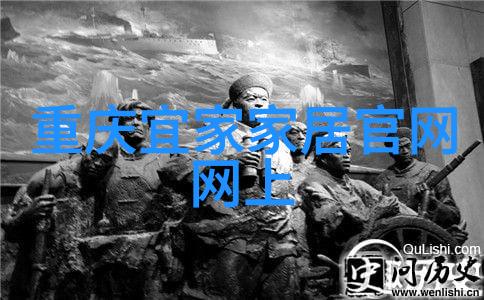Mastering the Craft of Watchmaking The Artisans Jo
The world of watchmaking is a realm where precision, patience, and dedication come together to create masterpieces that adorn wrists and tick away time. Among these masterpieces stands out Longines, a name synonymous with excellence in horology. In this article, we delve into the journey of mastering the craft of watchmaking with Longines.

Legacy & Heritage
Longines was founded in 1832 by Auguste Agassiz in St-Imier, Switzerland. Over its long history, the brand has been guided by an unwavering commitment to quality and innovation. This legacy can be seen not only in their watches but also in their approach to training young artisans who will carry on this tradition.

Apprenticeship & Training
At Longines, apprenticeships are highly valued as they provide an opportunity for aspiring watchmakers to learn from experienced professionals while honing their skills under real-world conditions. These apprentices are trained using traditional techniques alongside modern technology ensuring they have both practical experience and theoretical knowledge.

Master Watchmaker Certification
Becoming a Master Watchmaker at Longines is no easy feat; it requires years of dedication and hard work combined with rigorous testing standards set forth by the Swiss Official Chronometer Testing Institute (COSC). To achieve this certification signifies that one has reached an exceptional level of expertise within their field.

The Role Of A Master Watchmaker
A Master Watchmaker at Longines plays a crucial role within the company's operations – overseeing production processes from start to finish while continuously striving for improvement through research & development projects or enhancing existing products based on customer feedback.

Tradition Meets Innovation
As much as tradition is cherished at Longines so too does innovation play its part; combining these two elements results in groundbreaking designs such as quartz crystal oscillators which were first introduced back during World War II or even more recent advancements like silicon hairsprings used today - showcasing how well-preserved craftsmanship remains relevant despite technological advancements over time.
6 Conclusion
In conclusion, becoming a named artisan associated with "浪琴名匠英文" represents not only skillful hands but also unyielding passion towards creating timeless pieces that capture beauty through movement rather than just being mere objects telling time alone – embodying what true mastery entails within horology industry – creating something truly exquisite piece after piece throughout generations past present future alike!



